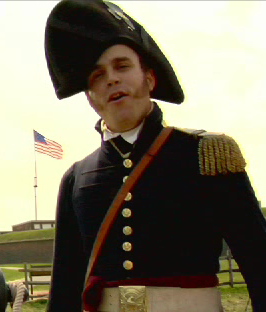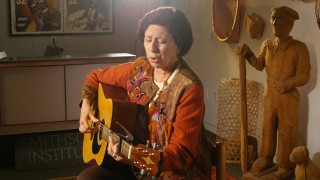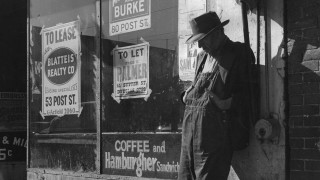Rediscovering Maryland’s Route 1
Rediscovering Maryland's Route 1
The 1935 Emergency Relief Act authorized the Works Progress Administration, the most ambitious relief effort of the Great Depression. Under its auspices, the Federal Writers’ Project documented a wide range of American culture through state, city and regional guides and interviews of everyday citizens, most of whom had never been given a voice. The WPA American Guides produced by the Project remain important for their firsthand views of life in our country, and its oral histories uncovered long hidden parts of our culture. The remarkable and largely unknown story of the Writers’ Project was the subject of Spark Media’s award-winning documentary Soul of a People: Voices from the Writers’ Project.
Just as the Writers’ Project emphasized both national and local examination, Rediscovering Maryland’s Route 1 leveraged the latest technology to support national themes and provide a state and regional focus. A content-enriched, interactive web-based experience, Rediscovering Maryland’s Route 1 used the Maryland Writers’ Project as a jumping off point to explore Maryland during the Great Depression, and to spotlight a time when divisions between North and South were still in living memory; when the glossy tourist vision of America contrasted with Depression-era realities; and when highways and automobiles were expanding both our boundaries and how we saw ourselves. With the WPA State Guide in the driver seat navigating the journey, Rediscovering Maryland’s Route 1 took Marylanders on a ride through their own backyard to overlooked corners and hidden gems buried in the past, stopping to document what has changed and what is new.
Funded by Maryland Humanities, Rediscovering Maryland’s Route 1 explored seven locations with miniature documentary featurettes: the College Park Aviation Museum, Bladensburg Dueling Grounds, Historic Savage Mill, Ellicott City B&O Railroad Museum, Fort McHenry National Monument, Historic Hays House and Jerusalem Mill Village. To view the interactive map, click here.





